Types and uses of Italian marble
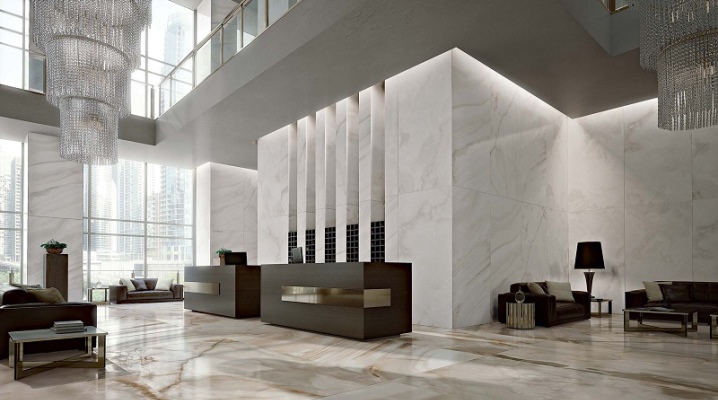
When talking about marble, there is a strong association with Ancient Greece. After all, the very name of the mineral - "shiny (or white) stone" - is translated from ancient Greek. The majestic Parthenon, the sculptures of the Olympian gods and even the entire stadium were built from the famous Pentelian marble.
Ancient Rome became the heir to the great Greek culture and developed the technique of processing marble, and numerous deposits made ancient and now modern Italy one of the main regions for the extraction of this material. Italian marble is distinguished by the highest quality grades and is considered one of the most valuable in the world.


A bit of history
Ancient Rome, during the era of its extensive conquests, had access to marble rocks from Greece, North Africa, Turkey and Spain. With the development of their own quarries, the imported stone was replaced by the local one. The invention of cement made it possible to use monolithic marble slabs (slabs) as cladding. Rome became marble, and even the paving of public spaces was made from this mineral.
One of the main mining sites was the Apuan Alps mountain range. These are unique mountains, snow-white not from snow, but from marble deposits. Developments in the area of the town of Carrara in the Tuscany region are more than 2,000 years old - they gained momentum in ancient times, reached their heyday in the Renaissance (it was from a piece of Carrara marble that Michelangelo's David was carved) and are being successfully carried out today.
Mostly Italian craftsmen, hereditary stonecutters and miners work in the quarries.
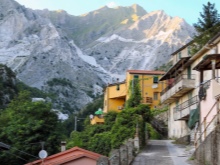
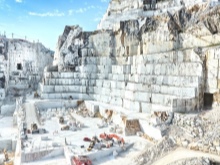
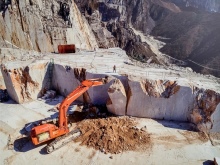
Peculiarities
Italian manufacturers have no such concept as dividing their raw materials into categories - all Italian marble belongs to the 1st class. Variations in price depend on the rarity of the variety (for example, the rare and extravagant Nero Portoro and Breccia Romano are very much appreciated), on the complexity of the extraction, on the depth of the main color and the uniqueness of the vein pattern. Italian marble has excellent working and aesthetic characteristics.
- Durability - marble is durable, resistant to environmental influences and temperatures, does not tarnish. Colored variants have less durability.
- Water resistance - has a water absorption coefficient of 0.08-0.12%.
- Fairly low porosity.
- Plasticity - the mineral is easy to cut and grind.
- Environmental friendliness - does not contain harmful impurities.
- High decorativeness and a variety of shades and textures.
The magnificent sugary Carrara marble Calacatta and other white varieties are distinguished by high light transmission (up to 4 cm). The magical soft halo around the marble statues is due precisely to this ability.
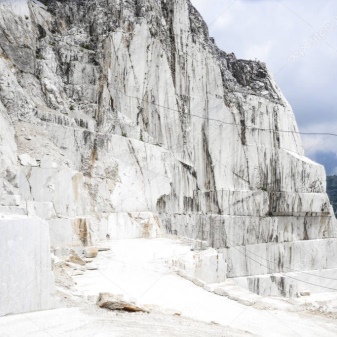
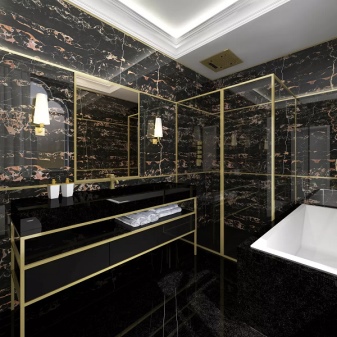
What happens?
The reserves of marble in Italy are located not only near the city of Carrara, but also in Lombardy, Sardinia and Sicily, in the Venetian region, in Liguria - more than 50 varieties in total. By its structure, the mineral can be fine-, medium- and coarse-grained. The grains can be tiled or jagged. When there is mainly one calcite in the composition of the stone, then its color will be light, from snow-white to mother-of-pearl. Due to various impurities (brown iron ore, pyrite, manganese oxides, graphite), marble acquires one shade or another. Italian marble in the basic tone is of the following colors:
- white - statuary Carrara marble Bianco Statuario, perfectly white Bianco Carrara Extra, Bardiglio variety from the vicinity of Florence;
- black - Nero Antico from Carrara, Black Fossil;
- gray - Fior di Bosko;
- blue-blue - Calcite Blu;
- red, pink - Levento, Rosso Verona;
- brown and beige - Breccia Oniciata;
- yellow - Stradivari, Giallo Siena;
- purple - extremely rare Violetto Antico.
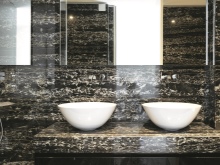
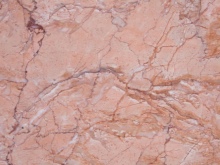
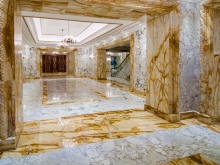
Where is it used?
Areas of use of marble:
- facing of facades and interiors of buildings;
- architectural elements - columns, pilasters;
- finishing of stairs, fountains, small architectural forms;
- production of floor and wall tiles;
- manufacturing of fireplaces, window sills, countertops, baths;
- sculpture and arts and crafts.

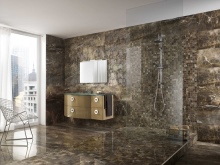
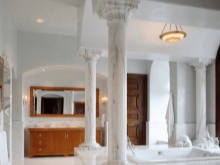
Using the latest technology, the material offers incredible possibilities for architecture and design. Polishing is now far from the only way to process stone. A digital program and a special machine can apply any ornament and relief to the marble surface, creating interesting wall coverings and panels.
Today it has become possible to fairly reliably recreate the rich texture of marble using modern means: plasters, paints, printing. The advantage of this method is its availability and inexpensive cost.
Of course, such an imitation has a right to exist, but nothing beats the powerful energy of a real stone, especially one brought from ancient and beautiful Italy.
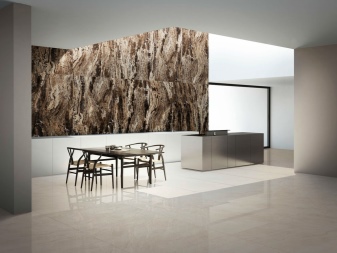
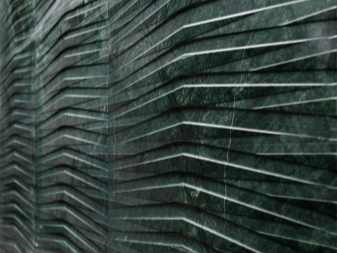
How marble is mined in Italy, see the next video.













The comment was sent successfully.